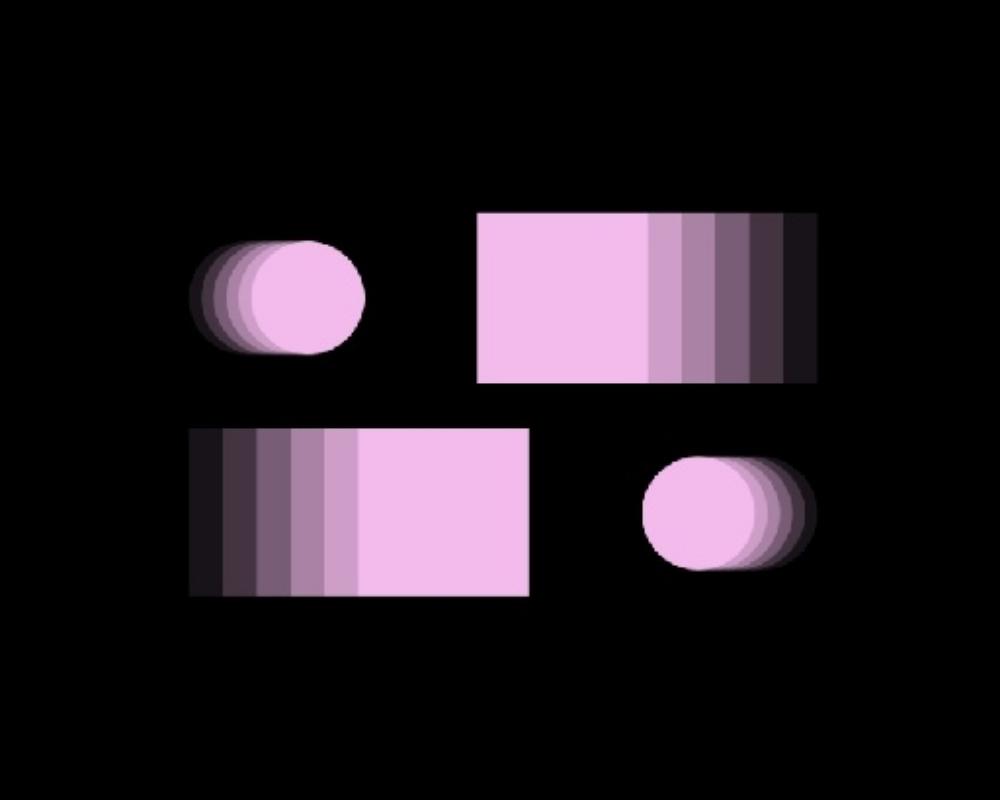Principles of art: Movement
It moves the viewer's eye around and inside the image.
A sense of movement can be created by diagonal or curvy lines, edges, the illusion of space, repetition, and energetic mark-making.
278
649 reads
CURATED FROM
IDEAS CURATED BY
The idea is part of this collection:
Learn more about personaldevelopment with this collection
Conflict resolution
Motivating and inspiring others
Delegation
Related collections
Similar ideas to Principles of art: Movement
7. Movement
Movement is the illusion of motion in a design. It can be created through the use of lines, shapes, color, or texture.
Principles of art: Contrast
Contrast is when each element of art in a composition is made stronger in relation to the other. When next to each other, contrasting elements are among the first places that the viewer's eye is drawn.
Examples of contrast:
- Negative/positive ...
Basic Graphic Design Principles
Negative Space
- Definition: The space between, within and surrounding an object in an image, often to form another image or symbol.
- Importance: It provides the eye with a place to “rest” between important information, while also creating rhythm and structure.
Read & Learn
20x Faster
without
deepstash
with
deepstash
with
deepstash
Personalized microlearning
—
100+ Learning Journeys
—
Access to 200,000+ ideas
—
Access to the mobile app
—
Unlimited idea saving
—
—
Unlimited history
—
—
Unlimited listening to ideas
—
—
Downloading & offline access
—
—
Supercharge your mind with one idea per day
Enter your email and spend 1 minute every day to learn something new.
I agree to receive email updates
